The history of automobiles dates back to the late 18th and 19th centuries, when inventors across the globe were experimenting with new forms of transportation. Some of the earliest cars were powered by steam, electricity, and gasoline, each contributing to the development of modern vehicles. These pioneering creations laid the foundation for the automotive industry, revolutionizing how people travel. Here’s a look at some of the oldest cars ever made, each playing a vital role in shaping the vehicles we drive today.
Duryea Motor Wagon (1893)

The Duryea Motor Wagon was created by brothers Charles and Frank Duryea in Springfield, Massachusetts, in 1893. It is often credited as America’s first gasoline-powered car. It used a single-cylinder gasoline engine, producing around 4 horsepower, which was significant for the time. It had a top speed of 7.5 miles per hour and featured a three-speed manual transmission, which was a novel concept in the early days of motoring. Its steel frame and solid rubber tires were designed to handle the rough roads of the era. It won the first-ever car race in the U.S. in 1895, marking a significant milestone in American automotive history. The brothers’ achievement led to the foundation of the Duryea Motor Wagon Company, one of the first automobile manufacturing companies in the United States. In 1896, they produced and sold 13 identical motor wagons, marking one of the earliest attempts at mass production in the automotive industry.
Peugeot Type 3 (1891)

The Peugeot Type 3 was manufactured in 1891 and is considered the first series-produced car from the French automobile industry. This early vehicle was powered by a V-twin engine designed by Daimler, producing 2 horsepower. It featured a lightweight, open carriage-style design and could reach a top speed of around 12 miles per hour. It was made of wood and metal, with large spoked wheels, and was designed to accommodate four passengers. It marked the beginning of Peugeot’s long legacy as an automotive manufacturer and was a pivotal model for the burgeoning French auto industry. The vehicle gained fame when it became the first car to complete a long-distance race in 1894, covering a route from Paris to Rouen. By 1892, Peugeot had produced 64 of these cars, establishing it as a leader in early automotive production.
Panhard et Levassor Type A (1890)

The Panhard et Levassor Type A was introduced in 1890 and became one of the earliest production automobiles. Built in France, it was powered by a Daimler-designed engine, which delivered 3.5 horsepower. The Type A was revolutionary because it was one of the first vehicles to adopt a front-engine, rear-wheel-drive layout, setting the standard for future cars. It had a four-speed manual transmission, and its top speed was around 12 miles per hour. The vehicle was designed to look like a horse-drawn carriage, with large wooden wheels and a minimalistic frame. It was also one of the first cars to be sold commercially, with production beginning in 1891. Panhard et Levassor’s approach to car design greatly influenced the development of the modern automobile, as they introduced key mechanical features still in use today. Their car company became one of the most important in France during the early automotive era. Their vehicles were also among the first to participate in long-distance automobile races, further cementing their place in history.
Daimler Stahlradwagen (1889)
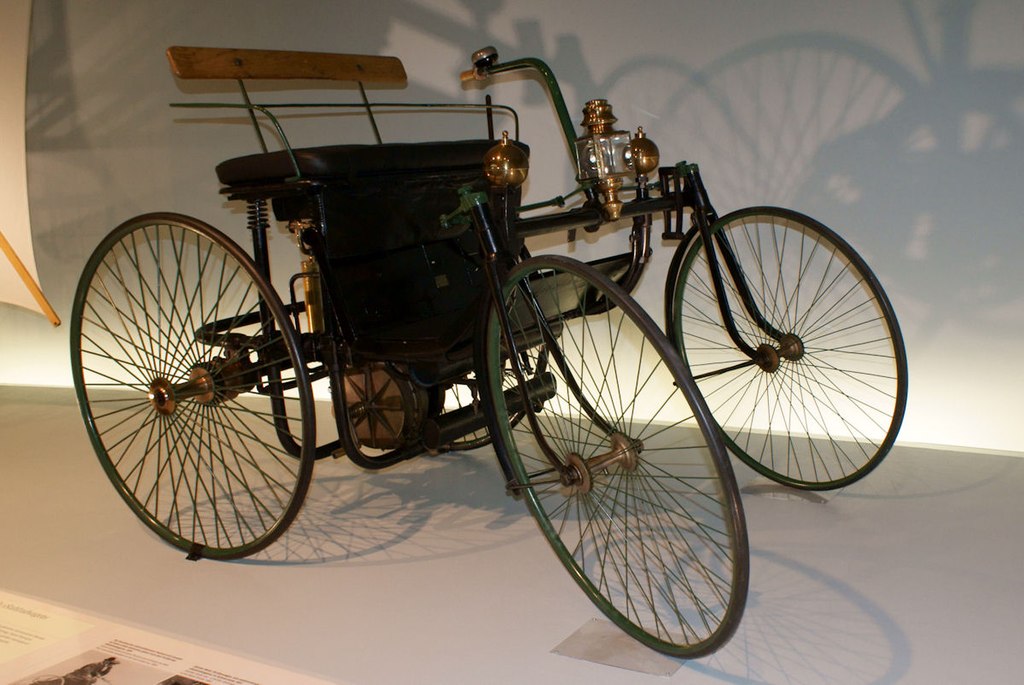
The Daimler Stahlradwagen, or “steel-wheeled car,” was built by Gottlieb Daimler and Wilhelm Maybach in 1889. It was an upgrade from Daimler’s earlier inventions and is recognized as one of the first four-wheeled, gasoline-powered automobiles. The vehicle featured a two-cylinder engine, producing about 1.5 horsepower, and could reach speeds of up to 11 miles per hour. The Stahlradwagen’s design incorporated a steel frame and wire-spoked wheels, giving it a more modern look compared to earlier wooden-framed cars. It was built in Cannstatt, Germany, and became the blueprint for future car designs. Daimler and Maybach’s innovations, especially in engine design, helped establish the principles that would define the automobile industry for decades to come. This car was a precursor to the Mercedes-Benz brand, with Daimler’s legacy continuing through to the development of some of the most famous luxury cars in the world.
Flocken Elektrowagen (1888)
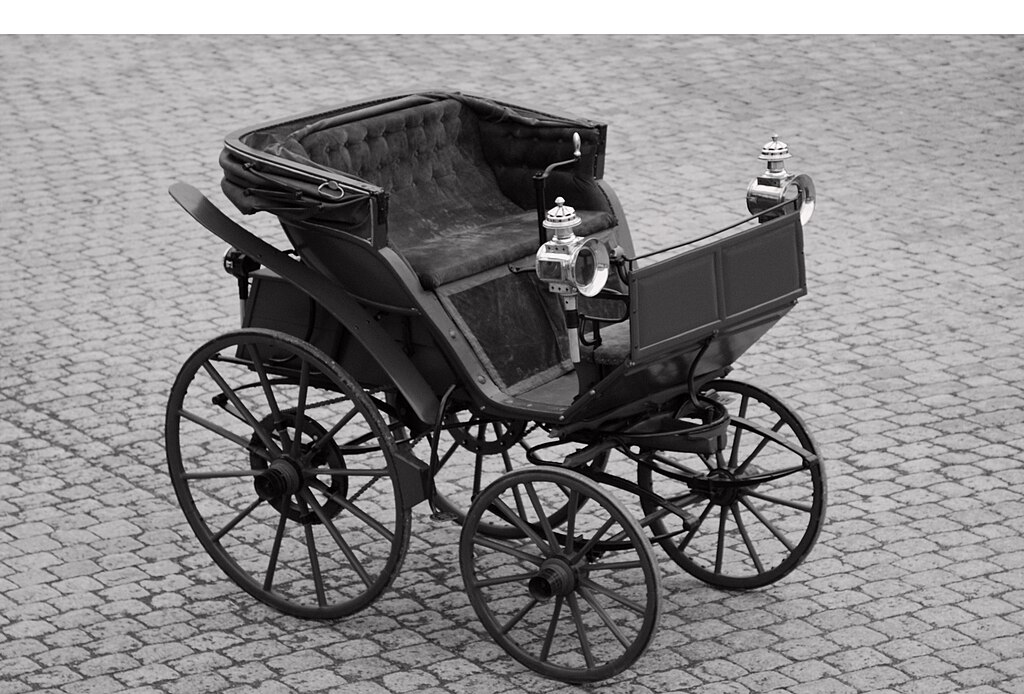
The Flocken Elektrowagen, built by German inventor Andreas Flocken in 1888, is considered the first electric car ever created. It featured a simple design with four large wheels, a wooden body, and a small electric motor powered by non-rechargeable batteries. This lightweight vehicle had a top speed of around 9 miles per hour and was designed for short-distance travel in urban areas. It was seen as a cleaner and quieter alternative to the gasoline-powered cars of the era, although its limited range and the cost of batteries made it less practical. Flocken’s creation was a pioneering effort in electric mobility, showcasing the potential of electric vehicles long before they became mainstream. The Elektrowagen was built in Coburg, Germany, and represented a significant moment in the early days of electric transportation. Though it never gained widespread use, Flocken’s vehicle set the stage for future developments in electric car technology.
De Dion-Bouton Steam Tricycle (1887)
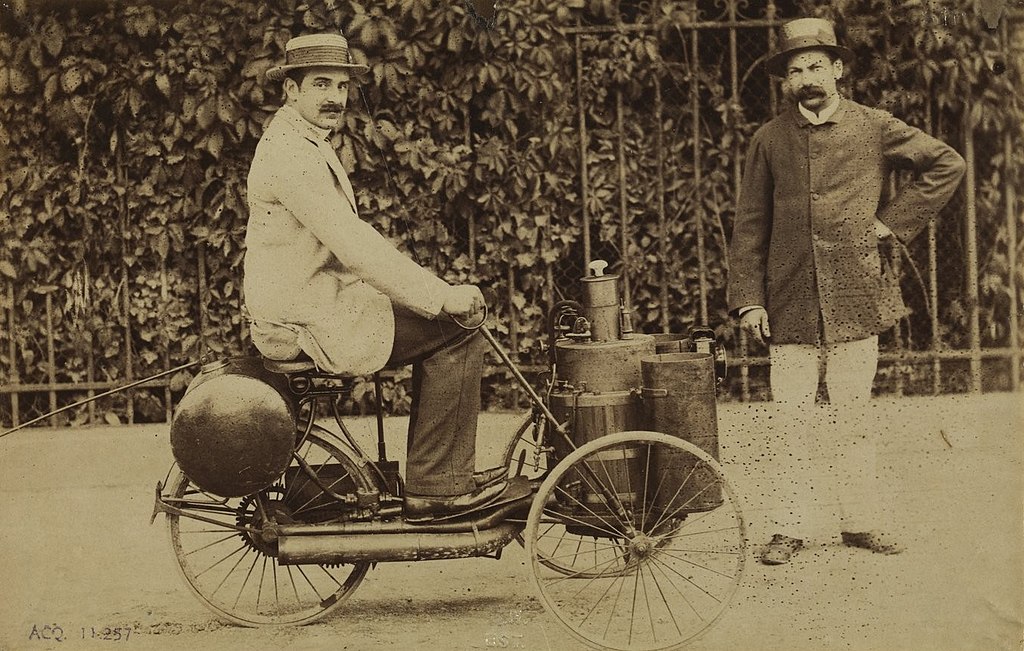
Created in France by Count Albert De Dion, Georges Bouton, and Charles Trépardoux in 1887, the De Dion-Bouton Steam Tricycle was a groundbreaking steam-powered vehicle. It featured a lightweight tubular frame and ran on a compact, high-pressure steam engine, which made it faster than many of its contemporaries. This tricycle reached a top speed of about 37 miles per hour, a remarkable feat for the time. Its steam engine was mounted at the rear, powering the rear wheels through a system of belts and pulleys. Its design was meant for both personal transportation and racing, and it competed in early motor races. The De Dion-Bouton company became one of the largest car manufacturers in Europe due to the success of this tricycle. By 1899, they were producing a gasoline-powered vehicle, which eventually helped them transition into internal combustion engine vehicles.
Daimler Reitwagen (1885)
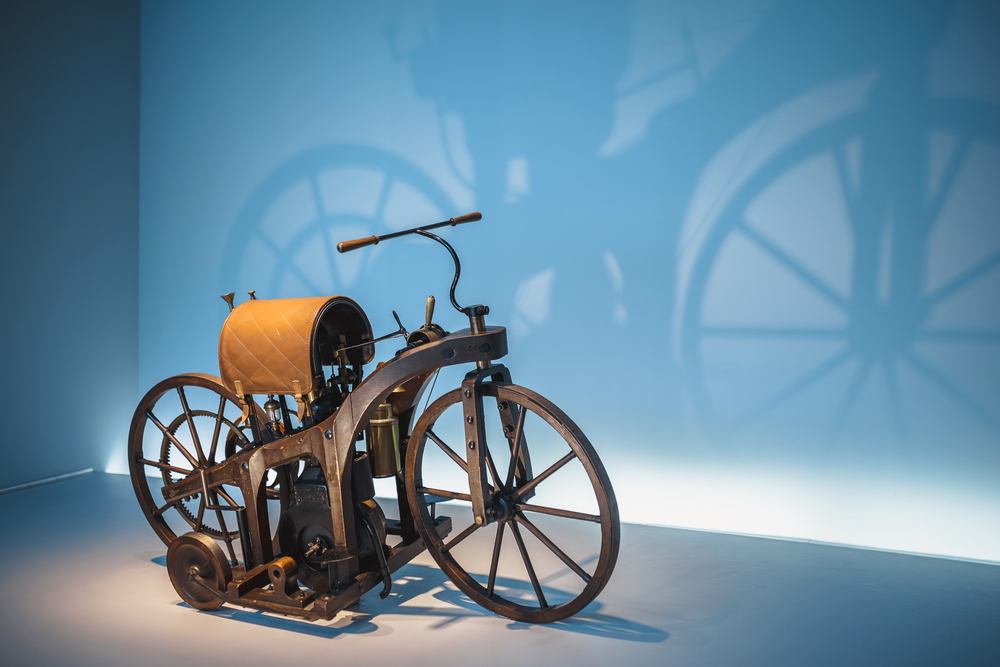
The Daimler Reitwagen, created by Gottlieb Daimler and Wilhelm Maybach in 1885, is considered the first motorcycle. Though technically not a car, its invention is crucial to the history of the automobile. It was powered by a single-cylinder internal combustion engine that Daimler and Maybach had developed themselves. It featured a wooden frame with two wooden wheels and had side wheels to keep the machine stable. This innovative vehicle reached a top speed of 7 miles per hour and was a significant milestone in transportation history, leading to the future development of motorcycles and automobiles. It was built in Cannstatt, Germany, marking the beginning of the long and storied history of Daimler’s automotive contributions. The original is preserved at the Mercedes-Benz Museum in Stuttgart. This invention directly influenced the creation of the first Daimler car in 1892, solidifying its place in the automotive industry’s origins.
Benz Patent-Motorwagen (1885)
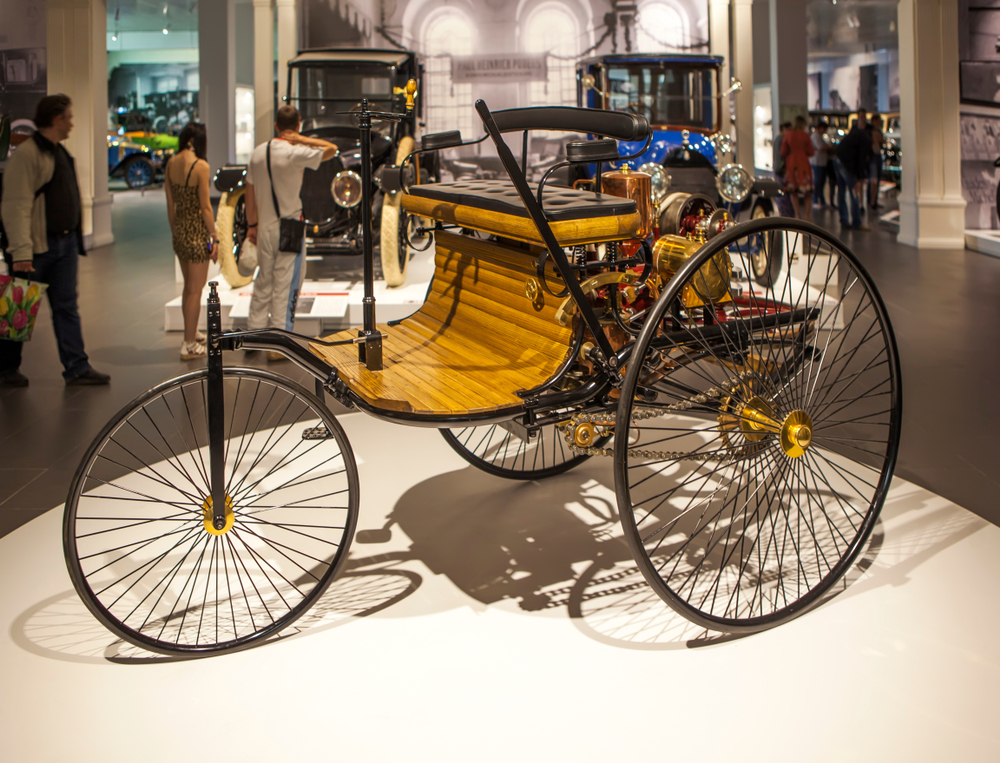
The Benz Patent-Motorwagen, designed by Karl Benz in 1885, is widely regarded as the first automobile ever created. It was powered by a single-cylinder four-stroke engine and was capable of reaching a top speed of about 10 miles per hour. It featured an innovative three-wheel design, which was unusual compared to today’s standard four-wheeled cars. Benz’s invention was made in Mannheim, Germany, and he patented the design in 1886. This early vehicle was largely made of steel tubing, with wooden wheels fitted with solid rubber tires. It required manual cranking to start the engine, and its leather belt drive system allowed forward motion. This marked the beginning of the automotive industry and revolutionized personal transportation. This is now housed in the Deutsches Museum in Munich, Germany, as a symbol of automotive history. Interestingly, Bertha Benz, Karl Benz’s wife, made the first long-distance journey in the car, proving its viability by traveling over 60 miles in 1888.
La Marquise (1884)
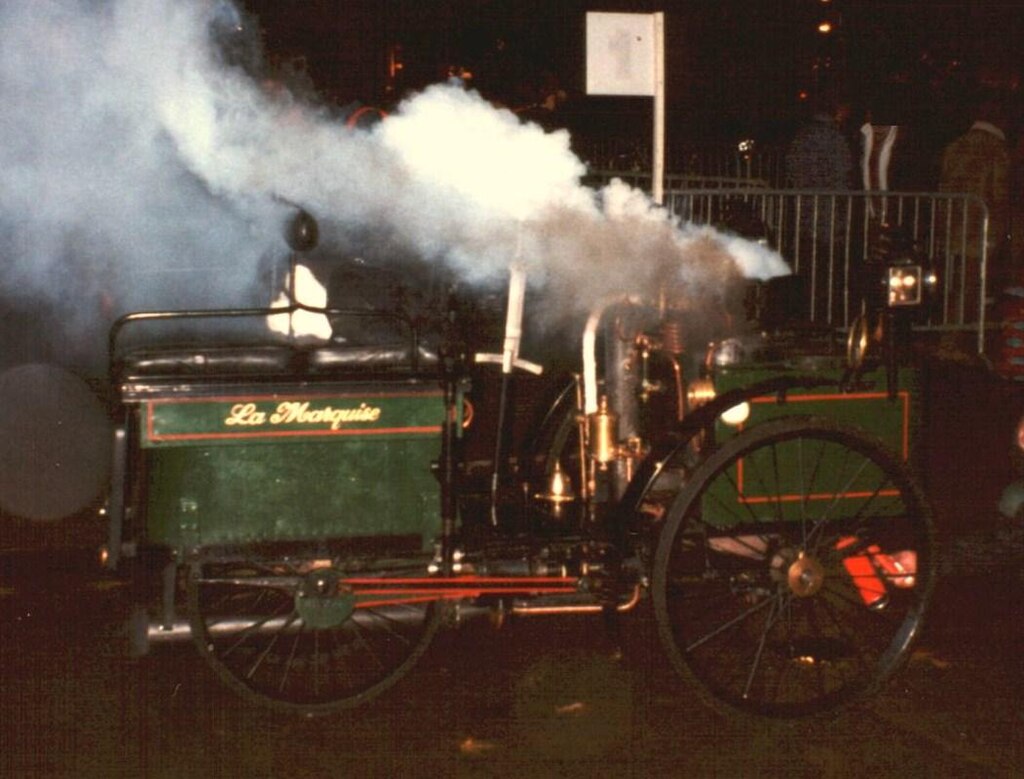
La Marquise, designed by French inventor Léon Bollée, is considered the oldest running car in the world, created in 1884. This steam-powered vehicle was built for the Marquis Jules-Albert de Dion and was named in honor of his mother. It featured a four-seat design, with the driver seated at the back and passengers in the front. It had a top speed of around 38 miles per hour, which was impressive for a steam-powered car of its time. The vehicle was powered by coal, wood, and bits of paper, with a boiler that needed to be heated for about 45 minutes before driving. It became famous in 1887 when it participated in the world’s first motor race, although it was the only vehicle in the competition. The race was a 20-mile trip from Paris to Versailles. It is still operational today and is considered one of the most valuable cars in existence, with its historical significance making it a treasured piece of automotive history. It was sold at auction in 2011 for nearly $4.6 million.
Cugnot Steam Trolley (1769)

The Cugnot Steam Trolley, invented by French engineer Nicolas-Joseph Cugnot in 1769, is often recognized as the earliest self-propelled vehicle. Powered by steam, this large, heavy vehicle was intended for military use, specifically to transport artillery. It featured a three-wheeled design, with a large copper boiler at the front and a steam engine that drove the front wheel. It could only reach a top speed of 2.5 miles per hour and was difficult to steer, but it represented an incredible leap forward in vehicle engineering. In 1771, during a test run, the steam trolley crashed into a wall, making it the first automobile accident in history. Although it was not a commercial success, it laid the groundwork for future steam-powered vehicles and automobiles. Cugnot’s invention was built in Paris and is now housed at the Conservatoire National des Arts et Métiers.
This article originally appeared on Rarest.org.
More from Rarest.org
8 Rare Board Game Expansions Worth a Small Fortune

Board game expansions can add depth and variety to your favorite games, but some rare expansions are worth more than you might expect. These obscure and highly sought-after expansions, often out of print or produced in limited quantities, have gained value over time and are now considered collector’s items. Read More.
13 Discontinued Toys That Defined Childhoods

Many toys from our childhood have left a lasting impression, but some were discontinued for reasons ranging from safety concerns to changes in the market. These beloved toys, once staples in every household, were eventually pulled from shelves due to evolving standards or shifting interests. Read More.
11 Unique Ceramics and Pottery That Command a Premium

Ceramics and pottery have long been appreciated for their craftsmanship, but certain pieces go beyond functional items and become true works of art. In this article, we explore a selection of unique ceramic and pottery creations that command premium prices due to their extraordinary designs, techniques, and artistry. Read More.
